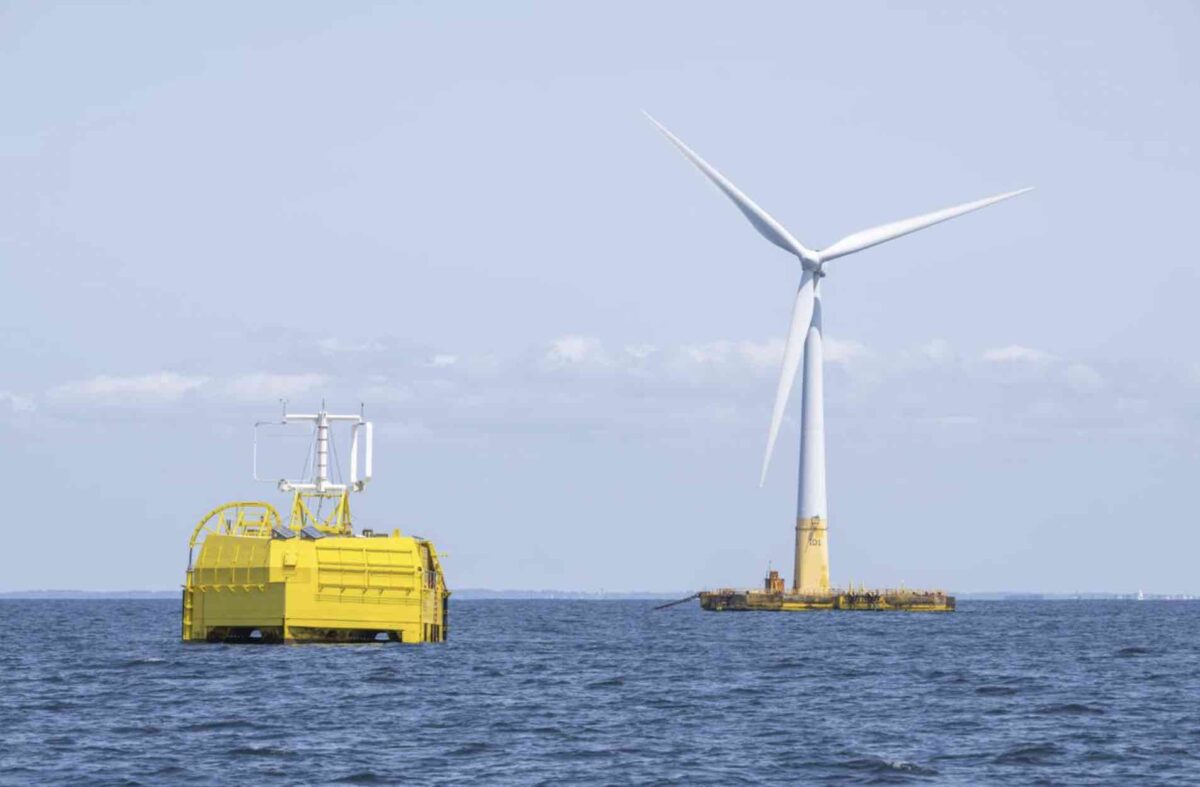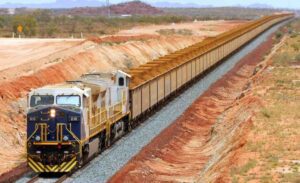French green hydrogen pioneer Lhyfe announced on Tuesday that its groundbreaking Sealhyfe platform has produced its first kilos of offshore green hydrogen 20 kilometres from shore.
Lhyfe has already made a name for itself as a leading green hydrogen developer, having inaugurated the first industrial-scale green hydrogen production plant to be interconnected with a wind farm back in 2021.
The company’s current focus, however, has been Sealhyfe, the world’s first offshore green hydrogen production pilot, which has hit two important milestones in the last year.
It was only nine months ago that the 1MW Sealhyfe pilot project generated its first green hydrogen on a prototype wave energy platform near the Saint-Nazaire quay. This initial production phase was designed to de-risk the technology
Fast-forward to this week, and the Sealhyfe platform was towed 20 kilometres offshore and connected to Central Nantes’ SEM-REV offshore testing hub operated by the OPEN-C Foundation, which is already linked with the 2MW Floatgen floating wine turbine.
Once connected, as of June 20, the Sealhyfe platform began producing its first kilos of offshore hydrogen. When fully operational, the 1MW pilot project is capable of producing up to 400 kilograms of hydrogen each day.
Sealhyfe will now undergo rigorous testing at sea under conditions it would be expected to encounter and weather. Its WAVEGEM floating platform, engineered by GEPS Techno, has been re-engineered to stabilise production at sea.
“Our team – supported brilliantly by our partners – has achieved a genuine feat of technology in successfully designing this first floating green hydrogen production site,” said Matthieu Guesné, founder and CEO of Lhyfe.
“We are extremely proud to be the first in the world to produce hydrogen at sea. This has been our wish since the launch of the company and we continue to move very quickly on offshore, which for us represents a tremendous development opportunity for mass producing hydrogen and decarbonising industry and transport.
“We are continuing to build on the successes we have had so far, firstly to prove to the world that transition is possible today, and of course to accelerate it.”
Claims of producing the first hydrogen at sea may be challenged – Chinese researchers in early June produced green hydrogen at an offshore wind farm using a direct seawater electrolysis process – though there are obvious differences between a scientific demonstration and a company’s successful pilot project.
News of Sealhyfe producing its first offshore hydrogen comes at the same time as the Hope (Hydrogen Offshore Production for Europe) project, being coordinated by Lhyfe, was selected for a €20 million grant agreement with the European Commission.
The Hope project is backed by a consortium of eight European partners aiming to develop, build, and operate the first 10MW green hydrogen production unit in the North Sea.
Planned to be built off the coast of Belgium and begin operations by 2026, HOPE aims to demonstrate the technical and financial viability of such an offshore project, as well as that of pipeline transport of green hydrogen for supplying onshore customers.










